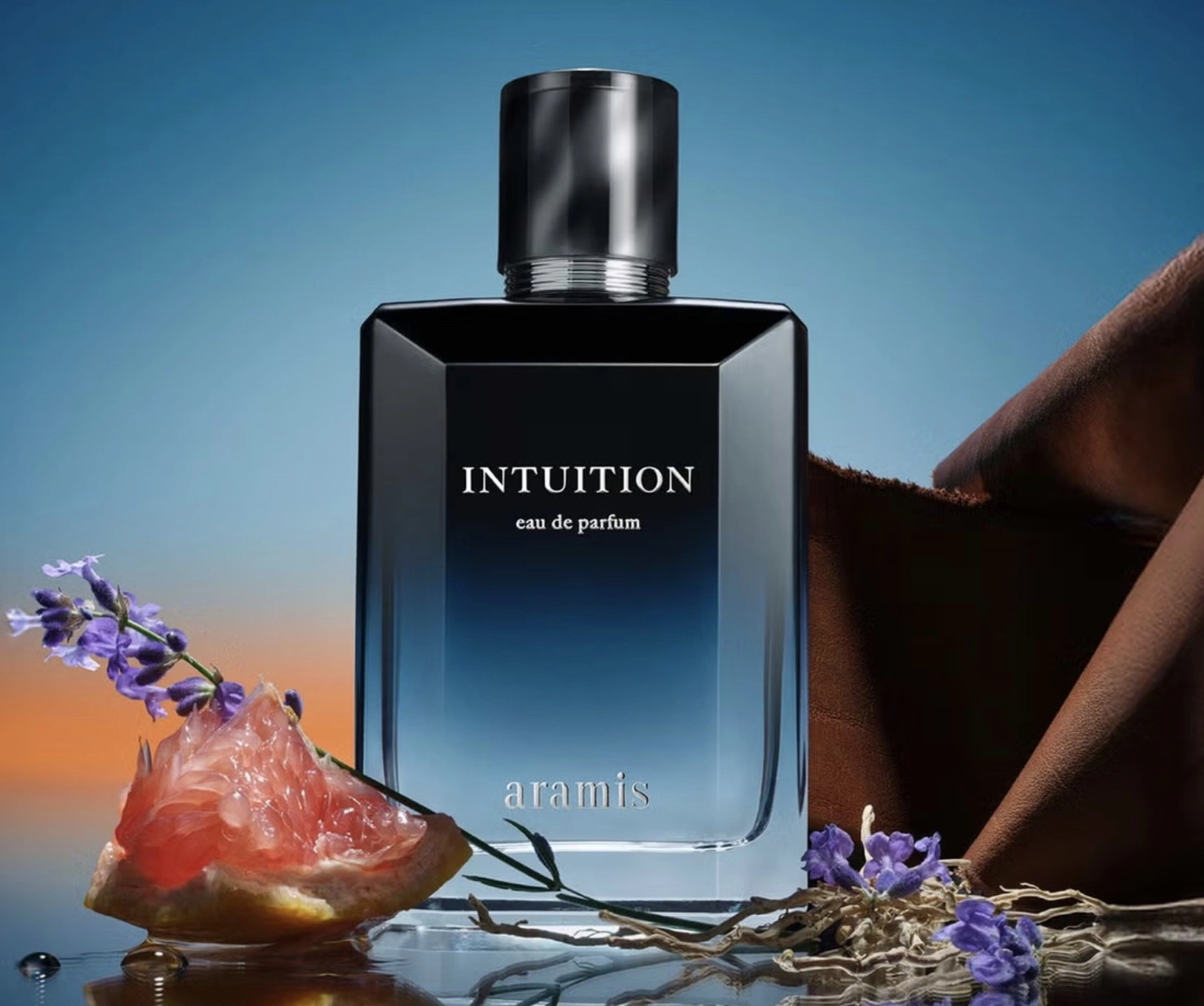NThe ARIA (Australian Recording Industry Association) charts have long been a battleground for global music stars, showcasing the evolving landscape of pop, rock, and indie music. This week, the charts delivered one of their most intriguing narratives yet: K-pop sensation Rosé made an explosive full-length debut at No. 2 with Rosie, her much-anticipated album, while Taylor Swift broke yet another record, cementing her dominance at the top of the ARIA charts. This confluence of events reveals not only the sheer star power of these two artists but also the shifting dynamics of the music industry as diverse genres find homes in mainstream global markets.
Rosé: From Supporting Role to Solo Spotlight
Born in Auckland, New Zealand, and raised in Melbourne, Rosé’s journey to becoming one of K-pop’s most recognized global ambassadors is the stuff of dreams. Best known as one-fourth of the iconic K-pop girl group BLACKPINK, Rosé (born Roseanne Park) has been a pivotal figure in defining the modern K-pop sound—a blend of infectious hooks, polished production, and boundary-pushing visual concepts. Yet, Rosie represents more than a solo debut; it is a declaration of independence and artistry.
With BLACKPINK’s success as a backdrop, Rosé’s decision to release a full-length solo album wasn’t just a personal milestone—it was a strategic move to carve out her distinct musical identity. The album balances K-pop’s genre-blurring tendencies with deeply personal lyricism, exploring themes of love, loss, and self-discovery.
The Making of Rosie
The process of creating Rosie was as much a journey inward as it was outward. Rosé worked with a team of international producers, blending the sensibilities of Western pop and indie rock with her K-pop roots. Tracks like “Echo” and “Dandelion” highlight her crystalline vocal tone, evoking a vulnerable intimacy that contrasts with BLACKPINK’s high-octane anthems.
Fans and critics have drawn comparisons between Rosé’s sonic direction and the artistry of artists like Lorde and Lana Del Rey. The minimalist production on Rosie allows her voice to take center stage, lending the album a confessional quality. Whether it’s the heartbreak ballad “Petal Fall” or the euphoric lead single “Bloom Again,” the album is an emotional rollercoaster that underscores Rosé’s versatility as an artist.
Why Rosie Matters in Australia and Beyond
Rosé’s debut holds particular significance in Australia. As an Australian-raised artist, her success is a point of pride for the country’s vibrant, multicultural music scene. K-pop has historically struggled to penetrate Western markets beyond niche fandoms, but Rosé’s cross-cultural background offers a bridge between the East and the West, appealing to a broad spectrum of listeners.
The No. 2 debut of Rosie on the ARIA charts demonstrates how K-pop has evolved from a genre-specific phenomenon into a mainstream cultural force. With its deeply personal yet universally resonant themes, Rosie is not just a milestone for Rosé but also a moment of reckoning for Australian fans of K-pop who have long awaited one of their own to achieve global stardom.
Taylor Swift: The Queen of the ARIA Charts
While Rosé’s achievement is noteworthy, the No. 1 spot this week belongs to none other than Taylor Swift, who has shattered yet another ARIA record. Swift’s re-recorded album 1989 (Taylor’s Version) debuted at No. 1, marking her 12th chart-topping album in Australia. This milestone cements her as one of the most successful artists in ARIA chart history, surpassing even The Beatles in consecutive weeks spent at the top spot across her career.
Swift’s reign on the charts highlights her unparalleled connection with Australian audiences. From her early country-pop days to her recent experiments with indie and synth-pop, Swift has consistently demonstrated an ability to evolve while retaining her core fan base. The Taylor’s Version project, in which she re-records her old albums to regain ownership of her masters, resonates with fans for its blend of nostalgia and empowerment.
The reimagined 1989 is a testament to Swift’s artistry and business acumen. Featuring hits like “Shake It Off” and “Blank Space,” the album also includes vault tracks that offer a glimpse into her creative process during one of her most commercially successful eras. For Swifties, 1989 (Taylor’s Version) is more than an album—it’s a cultural event.
The Chart Battle: Two Icons, Two Stories
The competition between Rosie and 1989 (Taylor’s Version) for the top ARIA spot tells a broader story about the music industry. On one hand, you have Rosé, representing a new wave of global pop stars who are breaking down cultural and geographic barriers. On the other hand, you have Taylor Swift, a seasoned artist who continues to redefine what it means to have staying power in an industry that often prioritizes novelty over longevity.
For Rosé, debuting at No. 2 is an extraordinary accomplishment for a solo artist in her position, particularly given the weight of expectation from her BLACKPINK fanbase. For Swift, securing yet another No. 1 album is less about breaking records and more about affirming her legacy as one of the most influential artists of the 21st century.
The Global Implications of This Week’s ARIA Charts
This week’s ARIA chart results underscore the globalization of the music industry. Once dominated by local artists and Western acts, the ARIA charts now reflect a more diverse musical landscape, with K-pop, Latin music, and Afrobeat artists increasingly gaining traction. Rosé’s success exemplifies how artists can leverage their multicultural identities to appeal to audiences worldwide.
Similarly, Swift’s enduring popularity highlights the importance of adaptability and reinvention. Her ability to dominate streaming platforms while maintaining physical album sales is a masterclass in navigating the ever-changing music landscape.
Fan Reactions and Social Media Buzz
Social media has been abuzz with reactions to this week’s ARIA charts. Rosé’s fans, affectionately known as “Roses,” have taken to Twitter and Instagram to celebrate her achievement, sharing heartfelt messages and creative fan art. Meanwhile, Swifties have been analyzing every detail of 1989 (Taylor’s Version), from lyrical Easter eggs to hidden messages in the vault tracks.
The fan-driven nature of both Rosé and Swift’s success underscores the shifting dynamics of music promotion in the digital age. Platforms like TikTok, Instagram, and YouTube have become crucial in shaping chart performance, with fans often serving as unofficial marketing teams for their favorite artists.
What’s Next for Rosé and Taylor Swift?
For Rosé, the release of Rosie is just the beginning. With a world tour rumored to be in the works and promotional appearances planned in key markets, her journey as a solo artist is gaining momentum. The question now is whether she can sustain the success of her debut album and continue to grow her audience beyond the K-pop fandom.
Taylor Swift, meanwhile, shows no signs of slowing down. With the Eras Tour still dominating headlines and whispers of another re-recorded album on the horizon, Swift is poised to maintain her chart dominance well into 2025.
Impression
The simultaneous success of Rosé’s Rosie and Taylor Swift’s 1989 (Taylor’s Version) on the ARIA charts is a testament to the power of music to transcend borders and genres. While their careers are at different stages, both artists exemplify what it means to connect with audiences on a deeply personal level.
As Rosé steps into the spotlight as a solo artist and Swift continues to break records, their stories remind us that the music industry is as much about evolution as it is about artistry. This week’s ARIA chart results aren’t just a snapshot of success—they’re a celebration of the diverse voices that make up today’s global music scene.
No comments yet.








